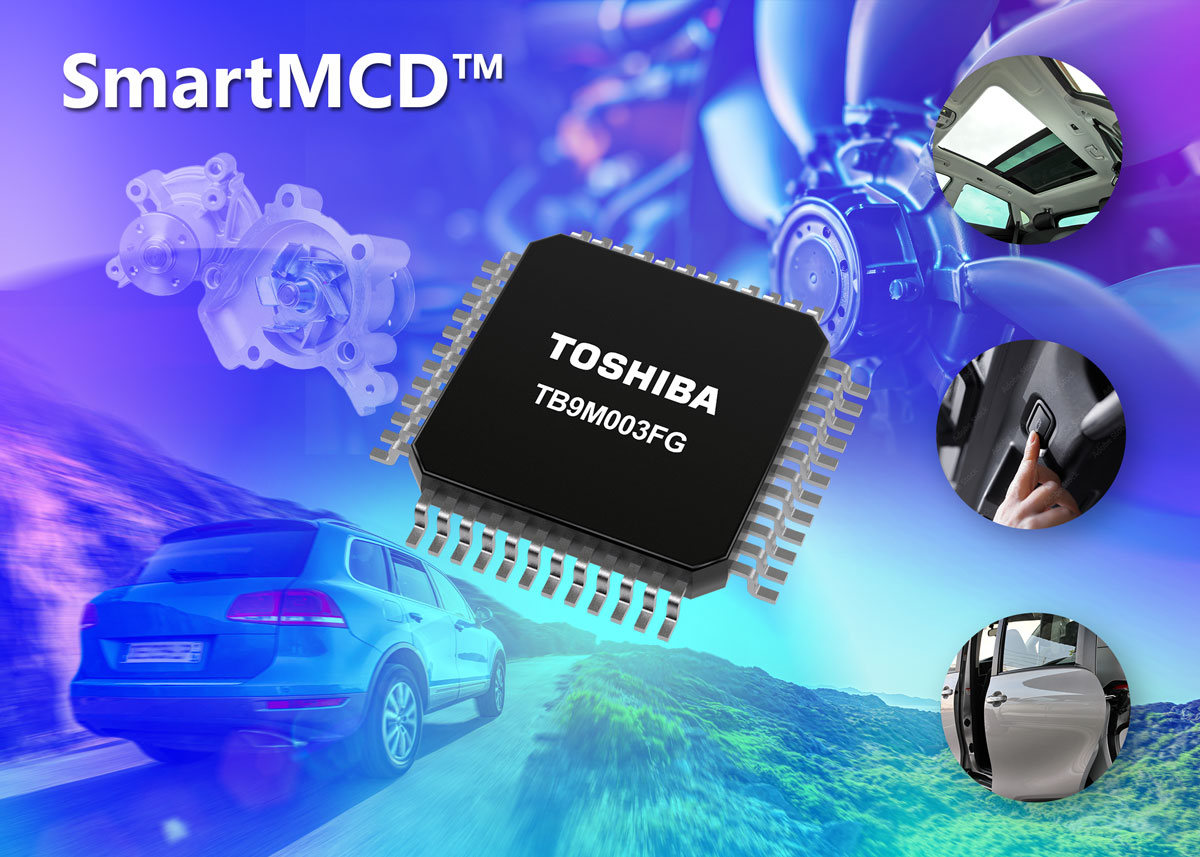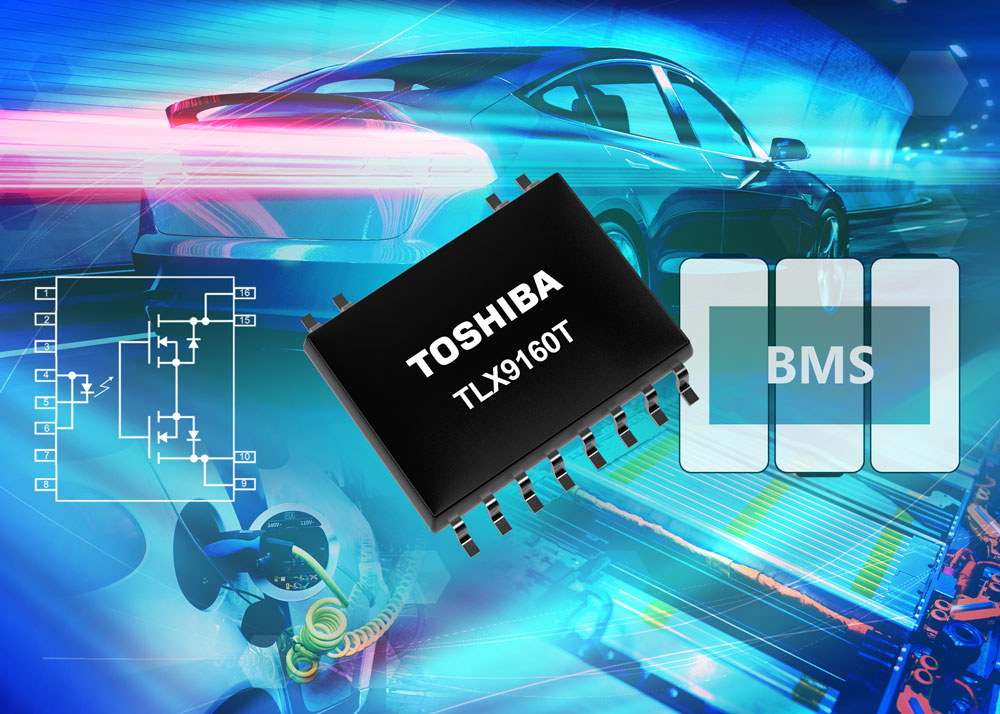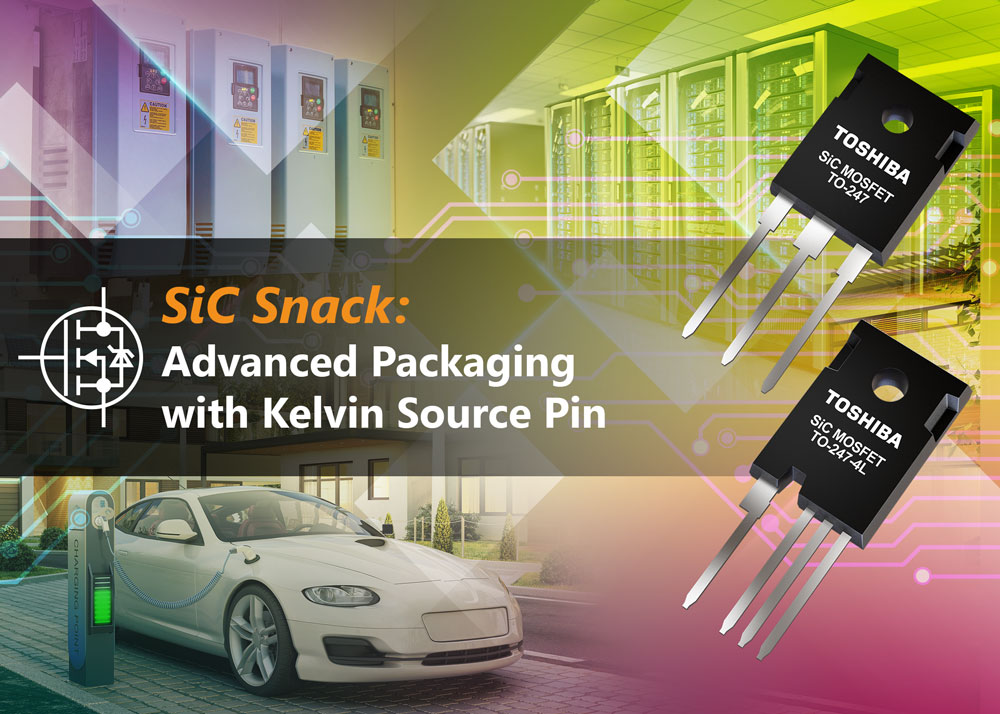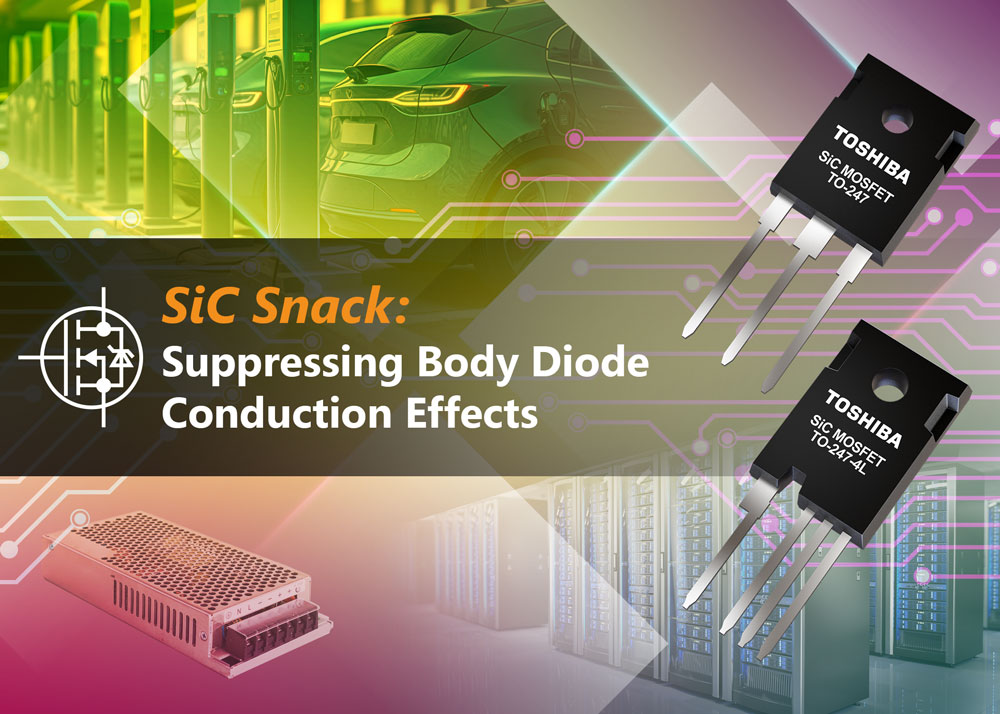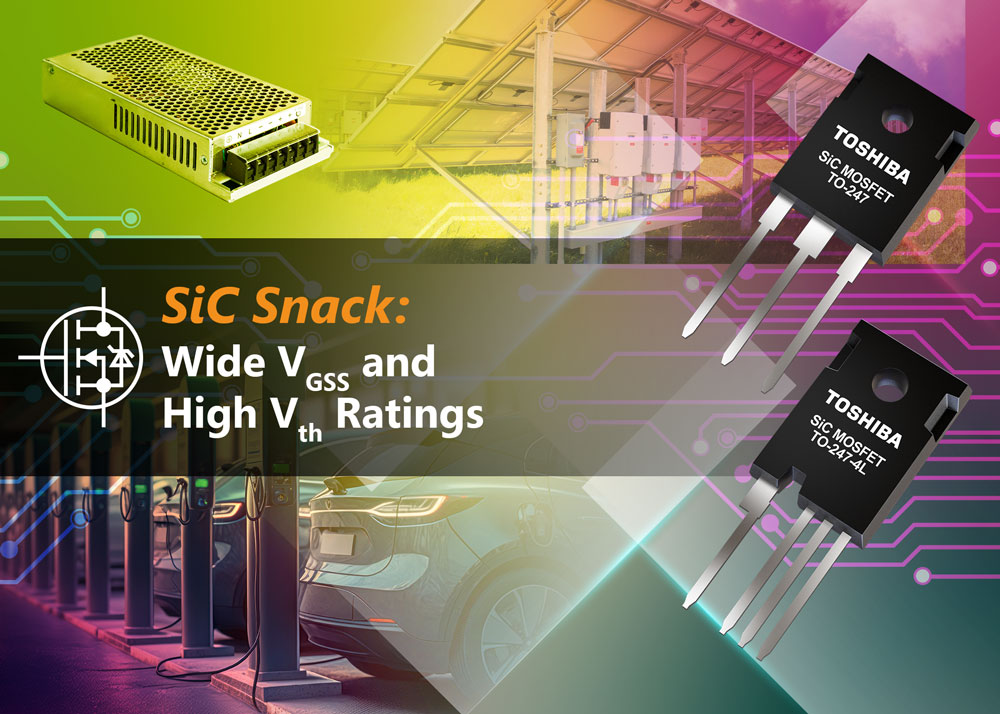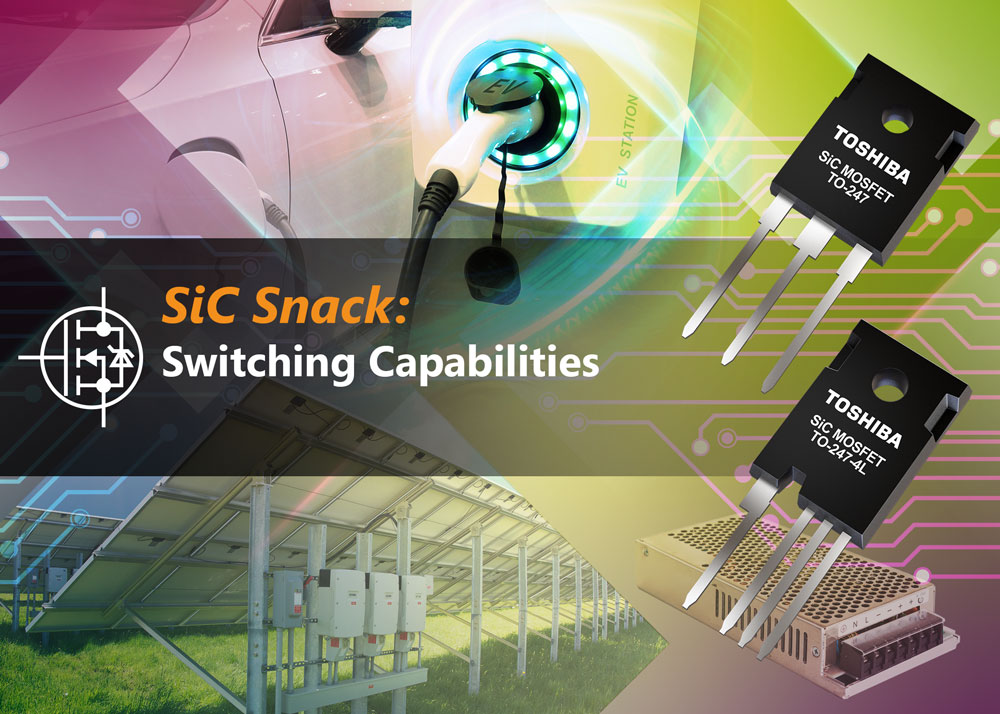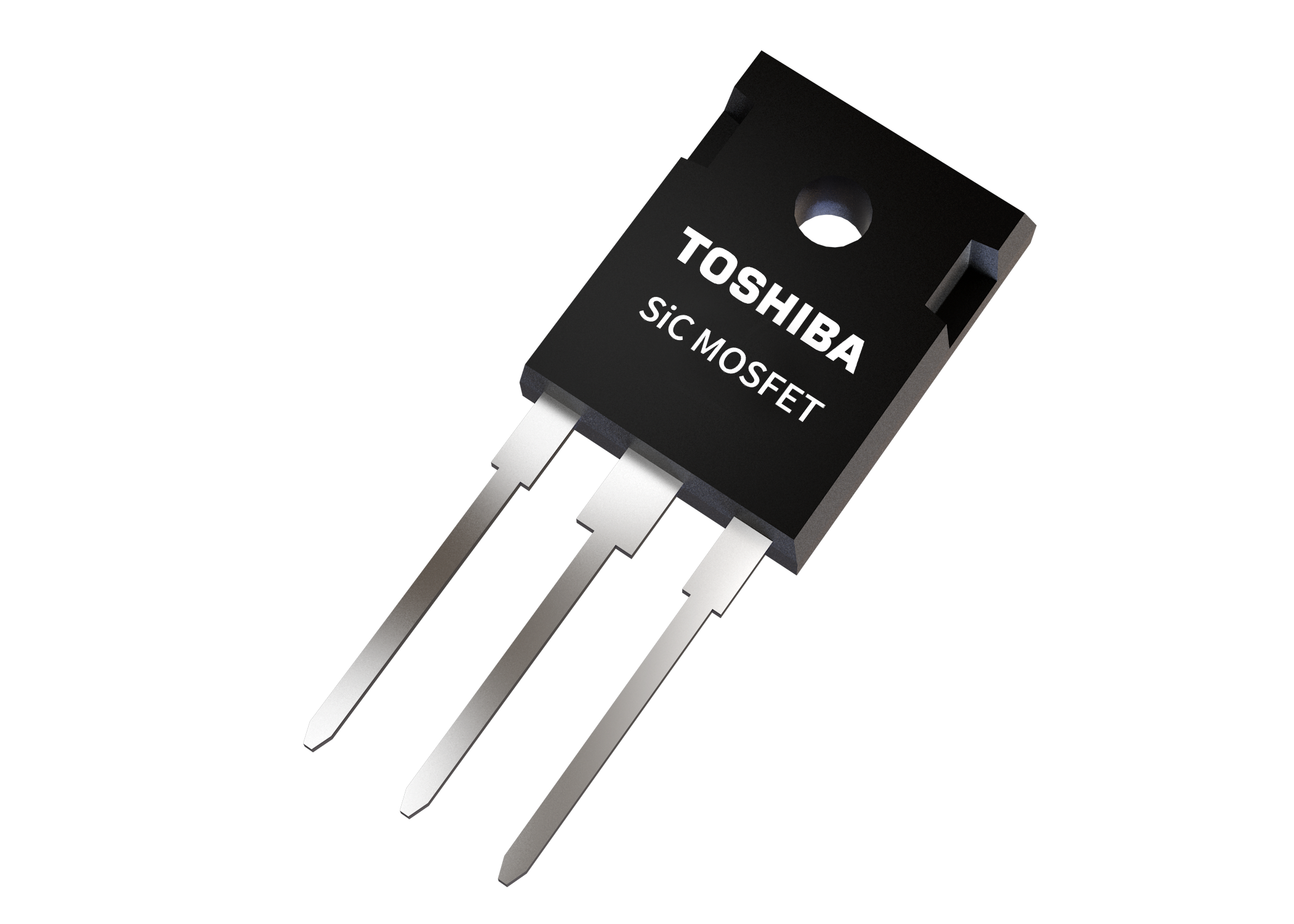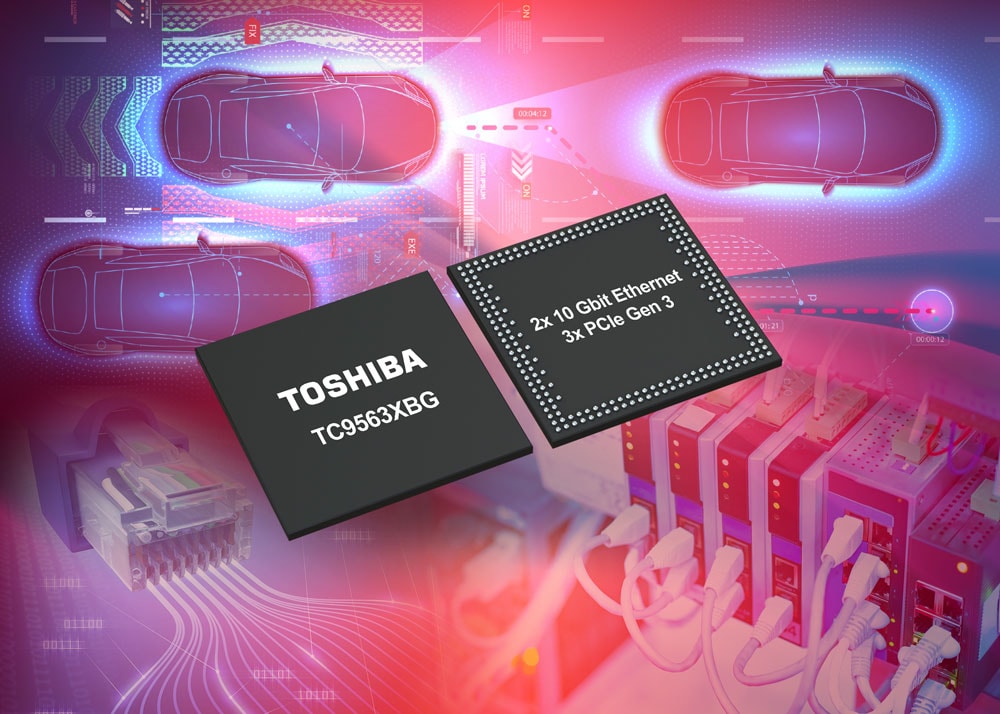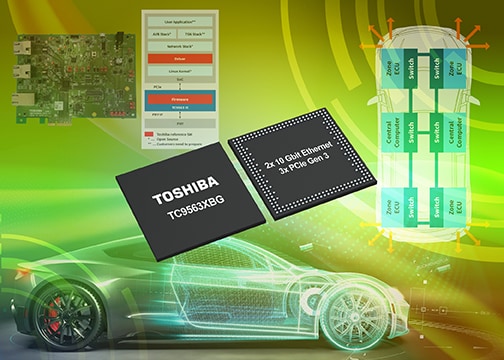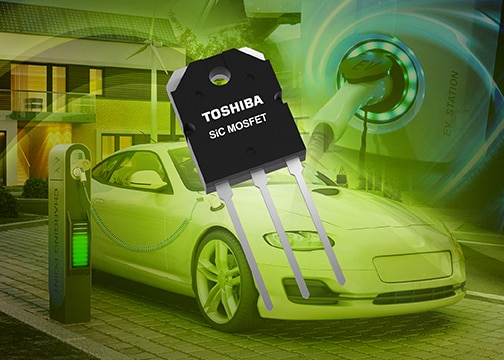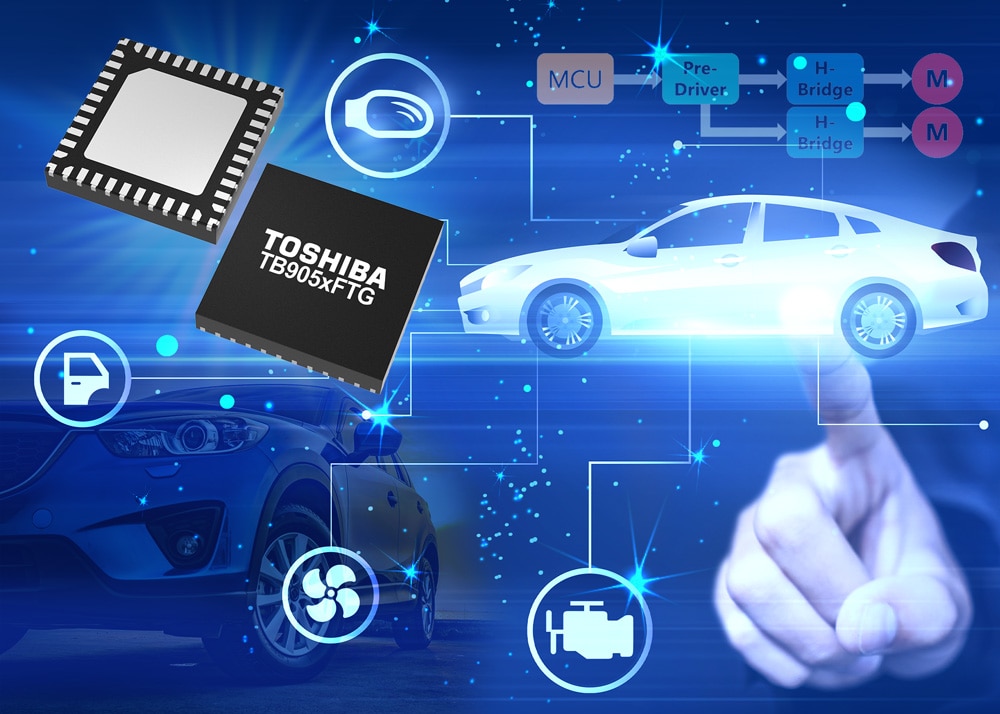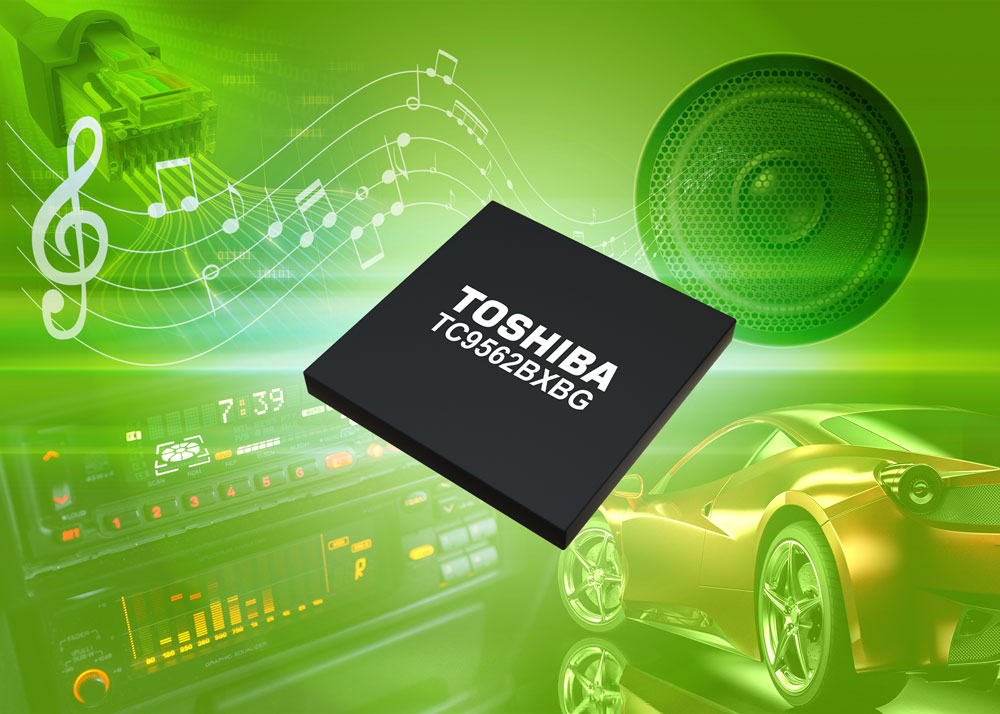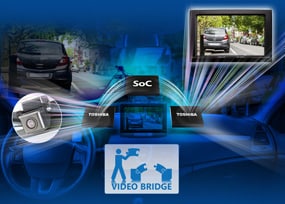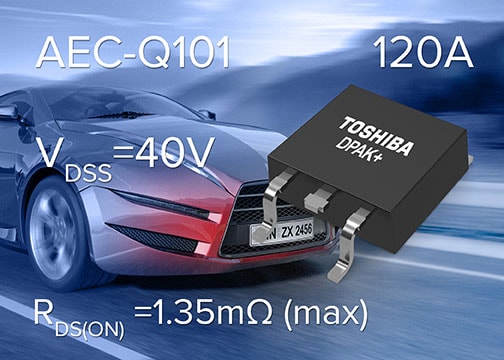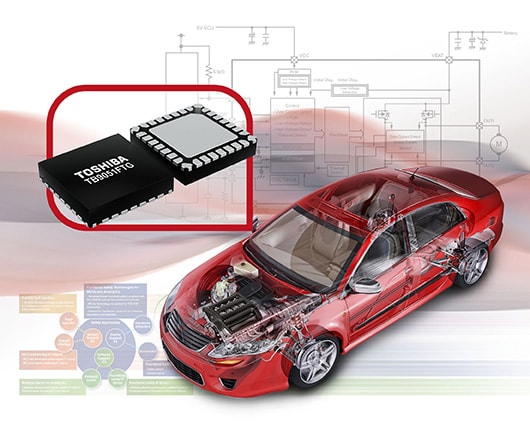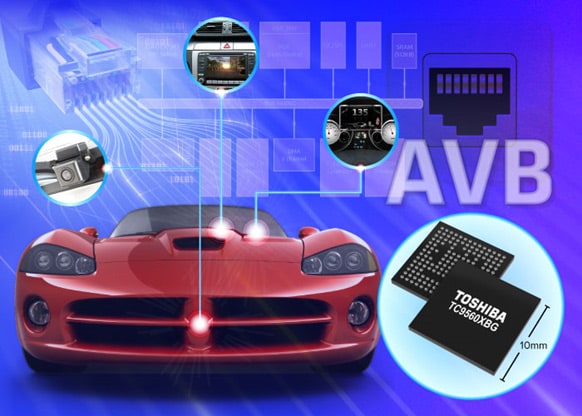- General Top
- SEMICONDUCTOR
- STORAGE
- COMPANY
-
My ToshibaSemicon
- Semiconductor Top
-
ApplicationsAutomotive
Body Electronics
xEV
In-Vehicle Infotainment
Advanced Driver-Assistance Systems (ADAS)
Chassis
IndustrialInfrastructure
BEMS/HEMS
Factory Automation
Commercial Equipment
Consumer/PersonalIoT Equipment
Healthcare
Wearable Device
Mobile
Computer Peripherals
-
ProductsAutomotive Devices
Discrete Semiconductor
Diodes
Transistors
Logic ICs
Analog Devices
Digital Devices
Wireless Devices
※
: Products list (parametric search)
Power SemiconductorsSiC Power Devices
※
: Products list (parametric search)
Isolators/Solid State RelaysPhotocouplers
Digital Isolators
Solid State Relays
Fiber Optic Transmitting Modules
※
: Products list (parametric search)
MOSFETsIGBTs/IEGTsBipolar Transistors※
: Products list (parametric search)
Diodes※
: Products list (parametric search)
MicrocontrollersMotor Driver ICsIntelligent Power ICs※
: Products list (parametric search)
Power Management ICsLinear ICs※
: Products list (parametric search)
General Purpose Logic ICsLinear Image SensorsOther Product ICsOther Product ICs
※
: Products list (parametric search)
-
Design & Development
Design & Development
Innovation Centre
At the Toshiba Innovation Centre we constantly strive to inspire you with our technologies and solutions. Discover how to place us at the heart of your innovations.
-
Knowledge
Knowledge
Highlighted Topics
Further Materials
Other
- Where To Buy
- Part Number & Keyword Search
- Cross Reference Search
- Parametric Search
- Stock Check & Purchase
This webpage doesn't work with Internet Explorer. Please use the latest version of Google Chrome, Microsoft Edge, Mozilla Firefox or Safari.
require 3 characters or more. Search for multiple part numbers fromhere.
The information presented in this cross reference is based on TOSHIBA's selection criteria and should be treated as a suggestion only. Please carefully review the latest versions of all relevant information on the TOSHIBA products, including without limitation data sheets and validate all operating parameters of the TOSHIBA products to ensure that the suggested TOSHIBA products are truly compatible with your design and application.Please note that this cross reference is based on TOSHIBA's estimate of compatibility with other manufacturers' products, based on other manufacturers' published data, at the time the data was collected.TOSHIBA is not responsible for any incorrect or incomplete information. Information is subject to change at any time without notice.
require 3 characters or more.
What benefits will Automotive Ethernet deliver to vehicle cable harnesses?

The typical cable harness in an average automobile is the third heaviest item as well as being the third most expensive to manufacture. Only the chassis and engine, for internal combustion engine-based vehicles, weigh and cost more. With vehicles moving to hybrid and all-electric drivetrains, weight reduction remains high on the list of required improvements. However, this cannot be achieved with innovation in conductor material weight alone: it requires a fundamental change in the E/E architecture to reduce the number of networking topologies in use.
With the advent of automated driver-assistance systems (ADAS), and autonomous driving on the horizon, it is also clear that existing in-vehicle networking solutions provide neither the bandwidth, nor the flexibility, to handle the masses of data generated by cameras, radar, LiDAR and other sensors.
Ethernet has been in consideration as an option for a long time. It provides a suitable topology for automotive applications and more than enough bandwidth. Unfortunately, a lack of support for guaranteeing latency or performing traffic shaping, along with electromagnetic-compatibility challenges, meant that the existing Ethernet technology could not be imported into the vehicle without some significant modifications.
By focusing on the strengths and developing strategies to overcome the weaknesses, standards organizations have developed a range of new standards which are commonly described as Automotive Ethernet. These make changes to the lower three layers of the OSI model, starting at the physical layer. Rather than a shielded CAT5e cable, data can pass over a single full-duplex twisted-pair connection. To ensure that latency for audio and video data is kept to a minimum, bandwidth can be reserved between two points in the network. Further options are also provided for highly time-sensitive applications where Automotive Ethernet is part of a control loop.
Other optimizations include synchronization with a master clock, allowing audio and video packets to be synchronously presented or sampled at differing nodes. This allows audio systems to both output audio and sample vehicle noise from two or more Automotive Ethernet nodes at the same moment in time.
Applications for Automotive Ethernet will range from highly complex domain controllers featuring a powerful system-on-chip (SoC), down to simpler electronic control units (ECU) that only really demand a 32-bit microcontroller. To meet these needs, the TC9562 from Toshiba is designed to operate both as a PCIe peripheral, as well as a standalone Automotive Ethernet node using its integrated 32-bit processor. In combination with an SoC its direct memory access (DMA) feature can automatically forward data packets from selected IP addresses to separate areas of the host’s DRAM memory. Standalone it can be coupled with an audio CODEC and amplifier to both output audio and capture input from a microphone for a noise-cancellation or hands-free application.
To find out more about the technology behind Automotive Ethernet and how the TC9562 can be used to utilize these new features, take a look at our white paper available here:


